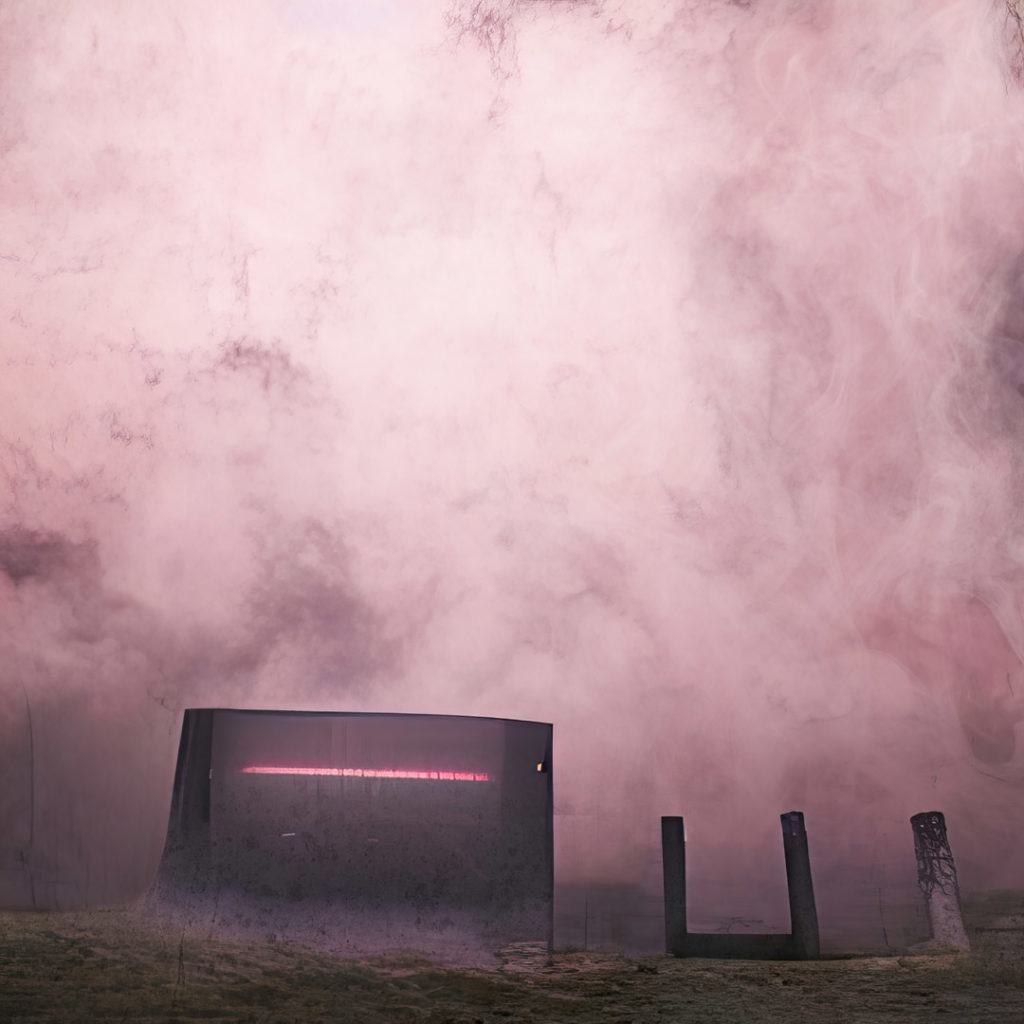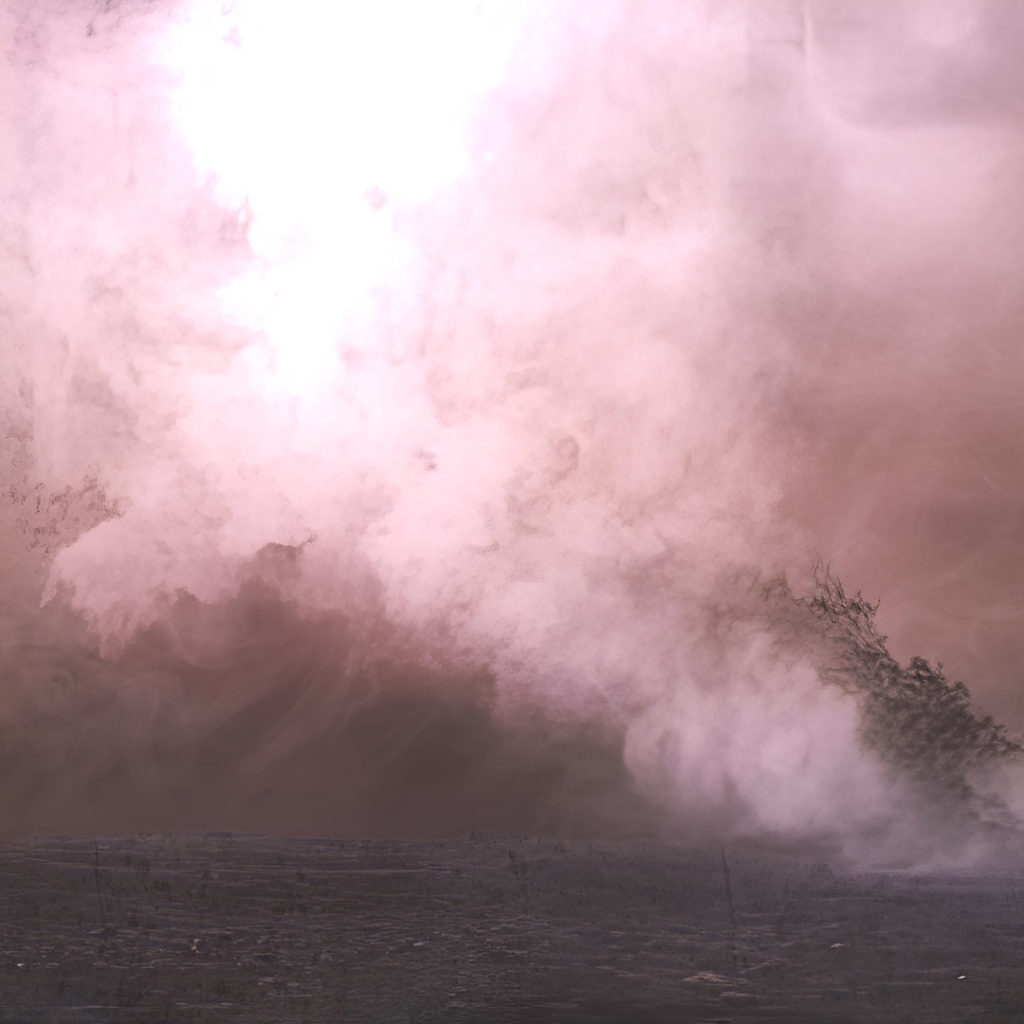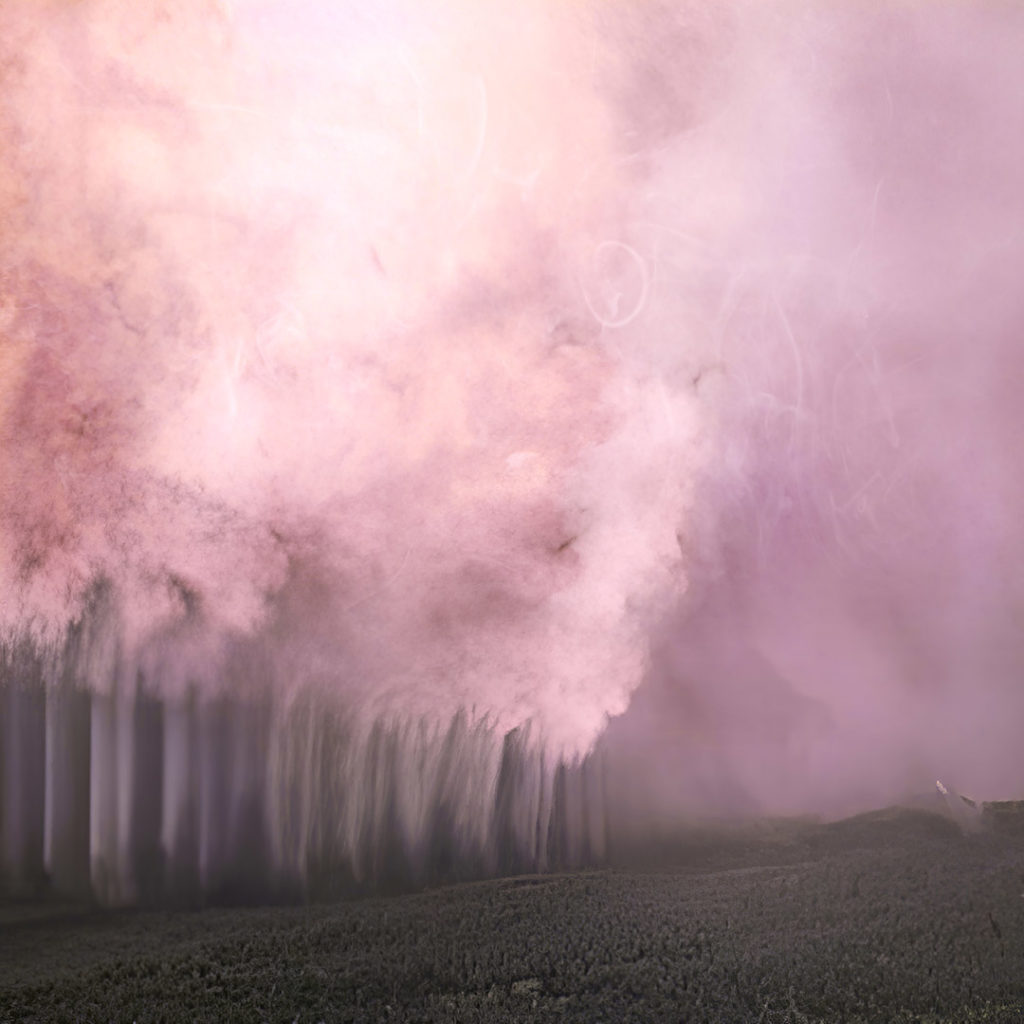De la postproduction néolibérale à la disproduction vectorielle / From neoliberal postproduction to the vectorial disproduction

Dans Postproduction (2002), Nicolas Bourriaud thématisait certaines pratiques des années 90 par la reprise et le traitement de matériaux déjà existants. Appartenant à une tradition allant des papiers collés au pop art en passant par Marcel Duchamp, l’image de l’artiste comme créateur de formes se déplace pour devenir celle d’un sélectionneur de formes déjà existantes à la manière d’un DJ. Si Bourriaud note dans son ouvrage l’importance du consumérisme et de la multiplication des produits de consommation brouillant ses limites avec la production, la numérisation des données n’est peut-être pas problématisée de façon matérialiste et opérationnelle à la hauteur de l’influence que nous apercevons aujourd’hui.
Le copier/coller de l’informatique s’est encore accentué avec le Web où « toute » la culture est devenue accessible entraînant non seulement une remise en cause de la différence entre basse et haute culture, mais aussi une dissolution entre mainstream et underground, entre le monde extérieur et le monde intérieur. Le fait que les GAFA, comme Google, à travers leurs services aient pour objectif de cartographier le monde et le langage a rendu possible de nouvelles pratiques de postproduction qu’on pourrait nommer postprogrammation.
Avec l’induction statistique des réseaux de neurones, suite pour ainsi dire logique de l’hypermnésie du Web qui pendant 30 ans a augmenté de façon asymptotique les données mémorisées jusqu’à ce que celles-ci ne soient plus accessibles à un système perceptif humain, nourri par des millions de datas, le flux de la production/traitement/consommation s’est déplacé et constitue sans doute une transformation aussi importante que celle induite par la révolution industrielle. En effet, l’apprentissage logiciel permet de créer un espace latent, c’est-à-dire un espace de probabilités vectorielles dans lequel il est possible de se déplacer et où, selon le déplacement, toutes les probabilités s’actualisent. Il ne s’agit donc plus comme dans le cas de la période précédente de reprendre des éléments existants et de les remonter, remixer, modifier, mais de les utiliser statistiquement pour créer de nouveaux médias.
Ainsi, nous passons de la postproduction (le post signalant ici une antériorité de la production sur le montage) à une disproduction. Celle-ci désigne une disjointure ou une différance (différer) au cœur même de la production qui ne peut plus sauvegarder son statut d’antériorité. Les données numérisées sont donc introduites dans un logiciel qui effectue des calculs pour vectoriser les données et les introduire dans un espace latent. Quand on se déplace dedans, toutes les probabilités se réorganisent afin d’atteindre un résultat ressemblant. La disproduction garde des traces lointaines des données utilisées, elle exprime surtout un air de famille, une étrange et paradoxale ressemblance avec une réalité culturelle. Il ne s’agit donc pas de quelque chose qui vient après la production et qui lui applique un traitement de montage, mais d’une transformation radicale des données produites passant de l’analogique, au numérique jusqu’à devenir un possible. Nous passons des médias aux médias de médias. La récursivité s’applique aux données elles-mêmes. Dans la production des réseaux de neurones, on ne voit plus qu’un air de ressemblance et ce qui s’automatise là n’est rien de moins que la mimésis elle-même. On passe alors d’un monde remixé et saturé par les biens consommables, à des mondes possibles dont la crédibilité est fonction d’une ressemblance et d’une dissemblance, d’une répétition et d’une différenciation : il faut que ce soit différent à la limite de la répétition, reconnaissable, mais non identique.

Le passage de pratiques artistiques de postproduction à celles de disproduction marque non seulement une transformation dans le statut de la vérité qui est troublée par l’introduction du possible dans la réalité (et qui pourrait être analysé au regard de la théorie des jeux), mais encore une modification du type de flux qui est à l’œuvre. Car, il s’agit, ici et là, de flux de production, de traitement, de réception, de flux de travail, etc. Avec la postproduction, c’était l’impossibilité de sortir du monde de la production/consommation capitaliste qui saturait l’espace de la perception. L’unique possibilité consistant à remixer ce qui était déjà produit et ainsi à créer un interstice, un dysfonctionnement aussi minime soit-il. Cette postproduction pouvait bien répéter et participer à la domination, la mettre en scène finalement, puisqu’il n’y avait pas d’extériorité aux flux et qu’elle pouvait bien se transformer en des références culturelles destinées à un petit groupe appartenant à une classe sociale. On se souvient en effet dans les années 2000, de certaines pratiques artistiques consistant à construire des fictions à partir de phénomènes infimes, de sources culturelles et historiques inattendues, minoritaires et incongrues, pratiques qui semblaient se destiner aux curators souvent formés à l’histoire de l’art. Avec la disproduction, le flux semble se différencier du dedans comme si le clinamem lugrécien (cf Michel Serres), la plus petite inclinaison possible pour produire une turbulence, divergeait du dedans et venait perturber l’ordre enchaînant production et consommation. En produisant des médias alternatifs, en appliquant la récursivité aux données elles-mêmes, en produisant des images d’images, des sons de sons, des textes de textes, non seulement nous présentons à la perception la mimésis comme telle qui s’est pour ainsi dire autonomisée (c’est l’étrange air de ressemblance de ces productions avec la réalité qu’elle ne répète pas), mais encore nous introduisons, par les probabilités de l’espace latent, des possibles qui accentuent la contingence. Dès lors, postproduction et disproduction ne présentent pas le même monde. D’un côté, l’ironie minoritaire débordée par un flux consumériste envisagé comme un continuum sans extériorité possible, de l’autre des mondes possibles, multiples qui défient la stabilité de la vérité. La contrefactualité comme ce qui déjoue de façon ambiguë la domination en la rendant divergente d’elle-même ?
Comprendre ce qui lie aujourd’hui la récursivité et la contingence (se reporter à l’ouvrage de Yuk Hui) au travers de l’induction, des probabilités et des possibles bouleversant les régimes de vérité et de réalité (voir la conférence de Quentin Meillassoux https://www.youtube.com/watch?v=Ic8h23MNVWU) reste une tâche à effectuer.

In Postproduction (2002), Nicolas Bourriaud thematizes certain practices of the 90s by the resumption and the treatment of already existing materials. Belonging to a tradition going from the glued papers to the pop art by way of Marcel Duchamp, the image of the artist as creator of forms shifts to become that of a selector of already existing forms in the manner of a DJ. If Bourriaud notes in his work the importance of consumerism and the multiplication of the products of consumption blurring its limits with the production, the digitalization of the data is perhaps not problematized in a materialist and operational way with the height of its influence.
The copy/paste of information technology has become even more pronounced with the Web, where “all” culture has become accessible, leading not only to a questioning of the difference between low and high culture, but also to a dissolution between mainstream and underground, between the outside world and the inside world. The fact that GAFAs, like Google, through their services aim to map the world and language has made possible new practices of post-production that we could call post-programming.
With the statistical induction of neural networks, a logical consequence of the hypermnesia of the Web, which for 30 years increased asymptotically the memorized data until they were no longer accessible to a human perceptive system, fed by millions of data, the flow of production/processing/consumption has shifted and is undoubtedly as important a transformation as the one induced by the industrial revolution. Indeed, software learning allows the creation of a latent space, i.e. a space of vector probabilities in which it is possible to move and where, according to the displacement, all the probabilities are updated. It is thus no longer a question, as in the case of the preceding period, of taking existing elements and reassembling, remixing, modifying them, but of using them statistically to create new media.
Thus, we pass from post-production (the post indicating here an anteriority of the production on the editing) to a disproduction. This one designates a disjointure or a deferment (to differ) in the heart of the production which can no longer safeguard its status of anteriority. The digitized data are therefore introduced into a software program that performs calculations to vectorize the data and introduce them into a latent space. When one moves in it, all the probabilities rearrange themselves in order to reach a similar result. The disproduction keeps distant traces of the data used, it expresses above all a family air, a strange and paradoxical resemblance with a cultural reality. It is not therefore a question of something that comes after the production and that applies to him a treatment of assembly, but of a radical transformation of the produced data passing from the analogical, to the digital until becoming a possible. We pass from the media to the media of media. The recursivity applies to the data themselves. In the production of neural networks, we only see an air of resemblance and what is automated there is nothing less than the mimesis itself. One passes then from a remixed world and saturated by the consumable goods, to possible worlds whose credibility is function of a resemblance and a dissimilarity, of a repetition and a differentiation: it is necessary that it is different at the limit of the repetition, recognizable, but not identical.

The passage of artistic practices of postproduction to those of disproduction marks not only a transformation in the status of the truth which is disturbed by the introduction of the possible in the reality (and which could be analyzed with regard to the theory of the games), but also a modification of the type of flow which is at work. For, here and there, it is a question of production flows, processing flows, reception flows, work flows, etc. With post-production, it was the impossibility of leaving the world of capitalist production/consumption that saturated the space of perception. The only possibility was to remix what had already been produced and thus to create an interstice, a dysfunction, however small. This post-production could well repeat and participate in domination, finally staging it, since there was no exteriority to the flows and it could well be transformed into cultural references intended for a small group belonging to a social class. One remembers indeed in the years 2000, certain artistic practices consisting in constructing fictions from tiny phenomena, from unexpected cultural and historical sources, minority and incongruous, practices which seemed to be destined to the curators often trained in the history of the art. With the disproduction, the flow seems to be differentiated from the inside as if the Lugrecian clinamem (cf Michel Serres), the smallest possible inclination to produce a turbulence, diverged from the inside and came to disturb the order chaining production and consumption. By producing alternative media, by applying recursivity to the data themselves, by producing images of images, sounds of sounds, texts of texts, not only do we present to the perception the mimesis as such which has become autonomous (it is the strange air of resemblance of these productions with the reality that it does not repeat), but also we introduce, by the probabilities of the latent space, possibilities which accentuate the contingency. From then on, postproduction and disproduction do not present the same world. On the one hand, the minority irony overflowed by a consumerist flow considered as a continuum without possible exteriority, on the other hand possible worlds, multiple that defy the stability of the truth. The counterfactuality as what thwarts in an ambiguous way the domination by making it divergent from itself?
Understanding what links recursivity and contingency today (see Yuk Hui’s work) through induction, probabilities and possibilities upsetting the regimes of truth and reality (see Quentin Meillassoux’s conference https://www.youtube.com/watch?v=Ic8h23MNVWU) remains a task to be accomplished.
